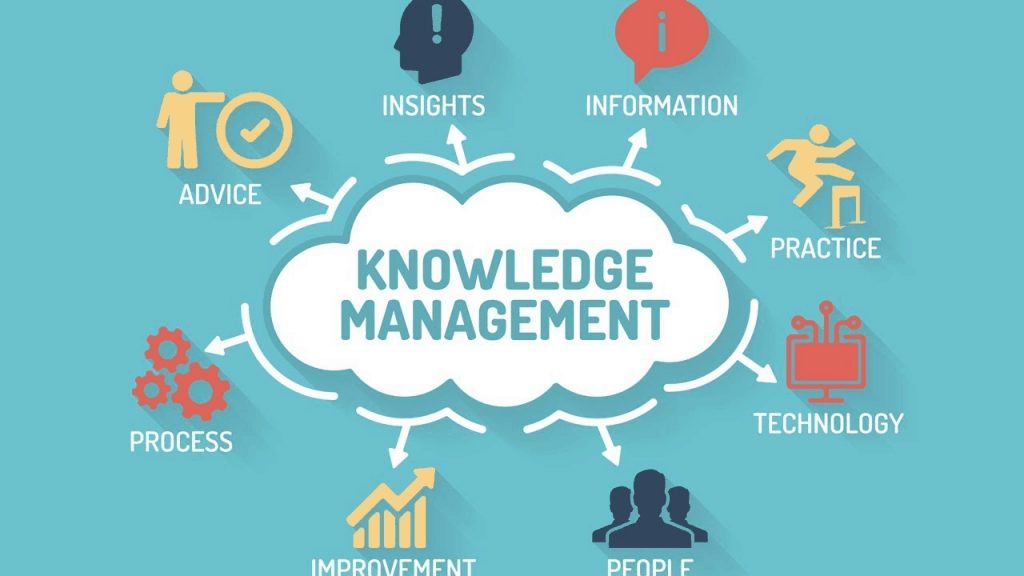Tips to Help You Implement Your Knowledge Management Platform

Today, businesses deal in big data. There are many platforms from where organizations can acquire required data like customer preferences, industry data, internal documents, etc. Organizations need to obtain the data from different platforms and organize it. Knowledge management helps the business in those tasks.
What is Knowledge Management?
Before discussing the tips for implementation, the question “What is Knowledge Management ?” should be answered. It is the process of identifying, creating, organizing, and distributing the organization’s knowledge pool to be easily discoverable and accessible. A knowledge management platform helps an organization accomplish these tasks. Access to updated information through the platform helps increase the organization’s efficiency and profitability. It also gets a competitive advantage and improved employee performance by using the shared information.
Tips to Implement Knowledge Management Platform
The following tips can help the organization implement the platform correctly:
1. Establishing objectives and goals
It is important to set parameters for the platform to be created. It helps in understanding what an organization aims to achieve from the platform. The goals can be both long-term and short-term. It is vital to recognize the problems that need to be resolved. It’s also important to note the points that justify the implementation of such a platform. The management should also define a roadmap for implementation, containing the platform’s scope, phases, and key milestones. The milestones help in achieving the platform’s objectives.
2. Transformation in organizational norms
Implementing the platform requires a systematic approach to change the norms within the organization. The management should encourage the employees to adapt to the new knowledge-sharing culture and give feedback.
3. Defining process before implementation
The management should spend ample time formulating the knowledge-sharing process. They should be aware of how the process works in creating, organizing, and sharing information to use and implement the knowledge management platform effectively. Then the same can be demonstrated to the employees, along with explaining its usefulness for the organization.
4. Assign one person for vital decisions
The platform’s objective is to facilitate knowledge sharing among everyone within the organization. The management should decide the implementation strategy, but one person among the leadership should be directly responsible for implementing the platform. After due discussion with the relevant parties, such a person should have the final say regarding technology needs, success matrices, etc.
5. Defining core capabilities
It is essential to define what the platform will be capable of doing. For this purpose, the management should have a sound understanding of the meaning of knowledge management. To effectively use the platform, it should have multiple capabilities. For example, only capturing data from different platforms will not serve the purpose. The information should also be easily accessible and discoverable. Similarly, the information should be updated so that the latest information is always available. The platform should also have a feedback mechanism so that the quality of available data can be understood and improved with time. On receiving negative feedback regarding any data, the concerned team can tap on a different data source if possible.
6. Regular knowledge management assessment
It gives an overview of the current state of the platform between the established goals and the results received. By assessing the platform regularly, the management can identify any problems that may arise with time and find solutions to resolve those problems, making the platform dynamic.
7. Recognize short-term wins
It is vital to recognize short-term achievements when implementing the knowledge management platform. It’s essential to reward the employees and other users of the platform to ensure their continuous support.
8. Assess post-implementation effectiveness
Assessing the platform’s effectiveness is necessary during the implementation phase and even at the end. For this purpose, the management can compare statuses “before implementation” and “after implementation.” The management can assess how the organization’s efficiency has improved after implementing the platform. In case they notice any gaps while finally evaluating the effectiveness, the concerned team can plug those gaps by making further improvements in the platform, as done earlier.
9. Integrate technology with the platform
The knowledge management platform can be operated in a self-service model to increase efficiency by integrating technology such as chatbots, virtual agents, etc. It can help the users receive relevant answers to their queries and solve their problems independently.
10. Simple training procedures
The users will be able to use the platform effectively only when they have received the training for the same. The software vendor can provide the training, or the organization may receive a training manual, depending on the nature of the software and the contract with the vendor. If the organization develops the platform in-house, the concerned teams can organize the training.
Conclusion
Finally, Implementing a knowledge management platform is a long process and requires investment for high-end collaboration tools. But it is a fruitful investment. It increases employees’ efficiency as they can resolve their queries independently, which reflects its profitability. Proper use of the platform would give a high return on such investment.






